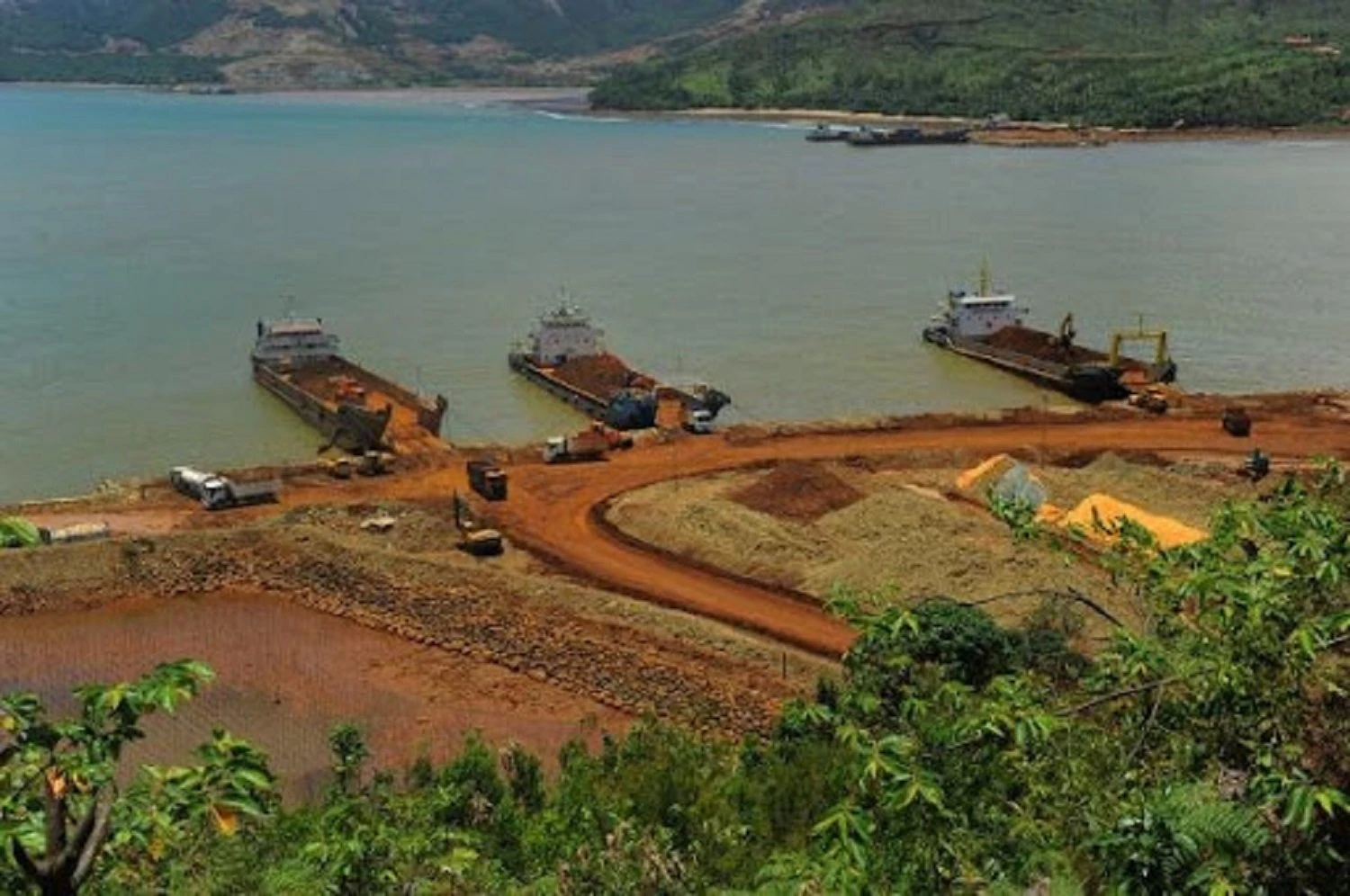Understanding the Impact of Nickel Mining

Nickel (Ni) is an essential metal in today's advanced infrastructure and technology. It is used extensively in the production of stainless steel (58%), Nickel-based alloys (14%), casting and alloy steels (9%), electroplating (9%), and rechargeable batteries (5%). Nickel may be mined economically from ores that are either sulfide or laterite. While laterite ores account for the vast majority of Nickel deposits, sulfide ores have historically accounted for the vast majority of global Nickel production. Historically, sulfide ores have been preferred over laterite because of the difficulties associated with processing laterite. However, Nickel production is increasingly being extracted from laterite ores in order to satisfy expected future demand.
IDTechEx has released a report stating that there will be a tenfold increase in the demand for Nickel from electric car batteries between 2019 and 2030, which has prompted increased concerns about the availability of Nickel in an environmentally responsible manner.
The market analyst claims that a significant quantity of waste is produced during the Nickel process because ores typically contain just a very tiny percentage of useable Ni.
Miners, automakers, and environmentalists all have serious concerns about how to properly dispose of this impact of Nickel mining.
As their activities expand, "recently it has been disclosed that two Nickel mining companies in Indonesia are seeking to use deep-sea disposal for the raw material waste into the Coral Triangle," the paper says.
Deep-sea disposal is used by fewer than 20 Nickel mines globally; yet, the waste produced by these proposed new facilities might reach millions of tonnes annually. This is the standard procedure since it is more cost-effective than other options, such as storing the raw materials in a dam or processing them into finished goods.
Indonesia is the world's greatest producer of Nickel. As of January 1, 2019, the country's processing industry has been bolstered by a prohibition on the export of raw Nickel ore. The island nation also has the biggest infrastructure investments earmarked for expanding Nickel output, positioning it to control the market.
In contrast, in 2017, the government of the Philippines shut down almost half of its Nickel mining and processing due to environmental concerns.
According to IDTechex's survey, many a Nickel manufacturer share a similar level of anxiety. Some people are concerned that unfavorable activities in this area may discredit the electric vehicle's green credentials.
Most, including PSA, Volkswagen, and Tesla, have promised to lessen their batteries' negative effects on the environment. According to the survey, this is made more difficult by the scarcity of companies that can match the high standards set by the industry's biggest automakers.
The car sector in both Europe and the United States is making environmental friendliness a top priority, thus in the future the Nickel manufacturer will have to demonstrate this in order to sell in those markets.
Consumer demand for electric vehicles (EVs) is driving an increase in Nickel demand in both regions, and automakers' pursuit of greater energy density and less reliance on cobalt has led them to switch to chemistries with higher Nickel content, such as lithium-Nickel-manganese-cobalt-oxide (LNMC) 622 or 811.
In electric vehicle batteries, Nickel is second only to cobalt in terms of price, and it is also one of the most widely used metals in other fields.
Production of batteries used to store power is increasing, particularly for electric vehicles, as the globe shifts toward renewable sources of energy. The International Energy Agency predicts a forty-fold increase in EV-related Nickel demand by 2040.
Battery production leaves its own environmental imprint due to the energy-intensive processes necessary to extract the metals and minerals used in batteries.
Nickel mining and processing, a vital component in modern battery technology, has the potential to cause environmental harm in the form of pollution, water contamination, and the destruction of habitats. In terms of global production, Canada ranks sixth for Nickel.
Maddie Stone, a writer who writes about climate change, said, "It's truly a scenario where having effective environmental regulations and controls in place on the mining industry is going to make a major difference." Without proper environmental protections, they can be quite unclean. According to Stone, the problems are most noticeable to those outside of Canada. Stone claims that Western European manufacturers are supplied by Russian Nickel mines, which are responsible for some of the world's "worst" air pollution. Countries like Indonesia and the Philippines also play important roles in the global supply chain.
The Nickel manufacturer needs to extract more from what has been mined in order to meet global demand for minerals and metals and to increase Nickel mining and processing efficiency, say experts. Reduced reliance on fossil fuel-powered transportation is just one of the current improvements being implemented, along with the use of renewable energy sources like wind and solar power in mining operations.
Hallmark Mining Corporation is a Nickel manufacturer and mining interest in the Philippines with a commitment to sustainable and responsible mining; for more information visit our website.